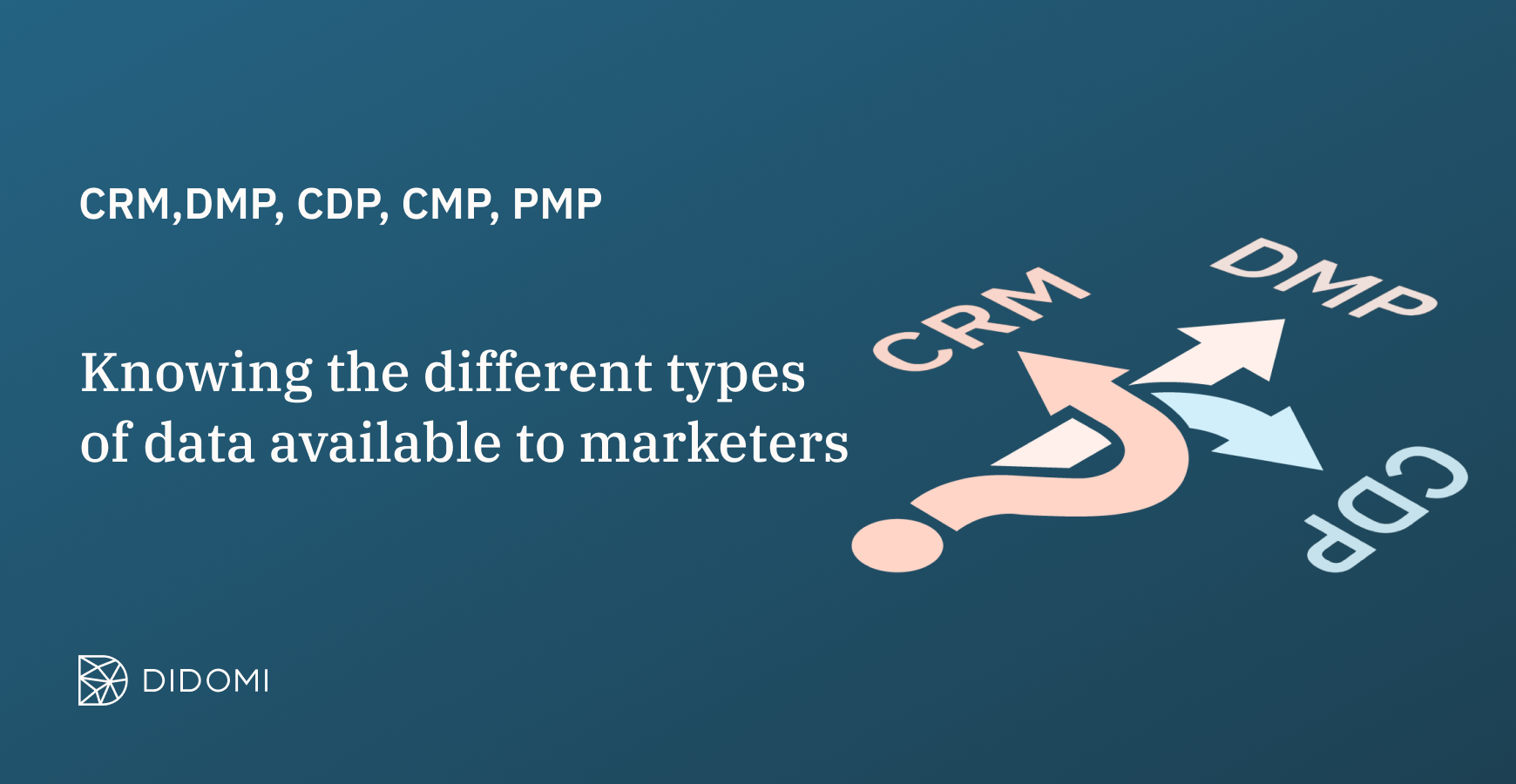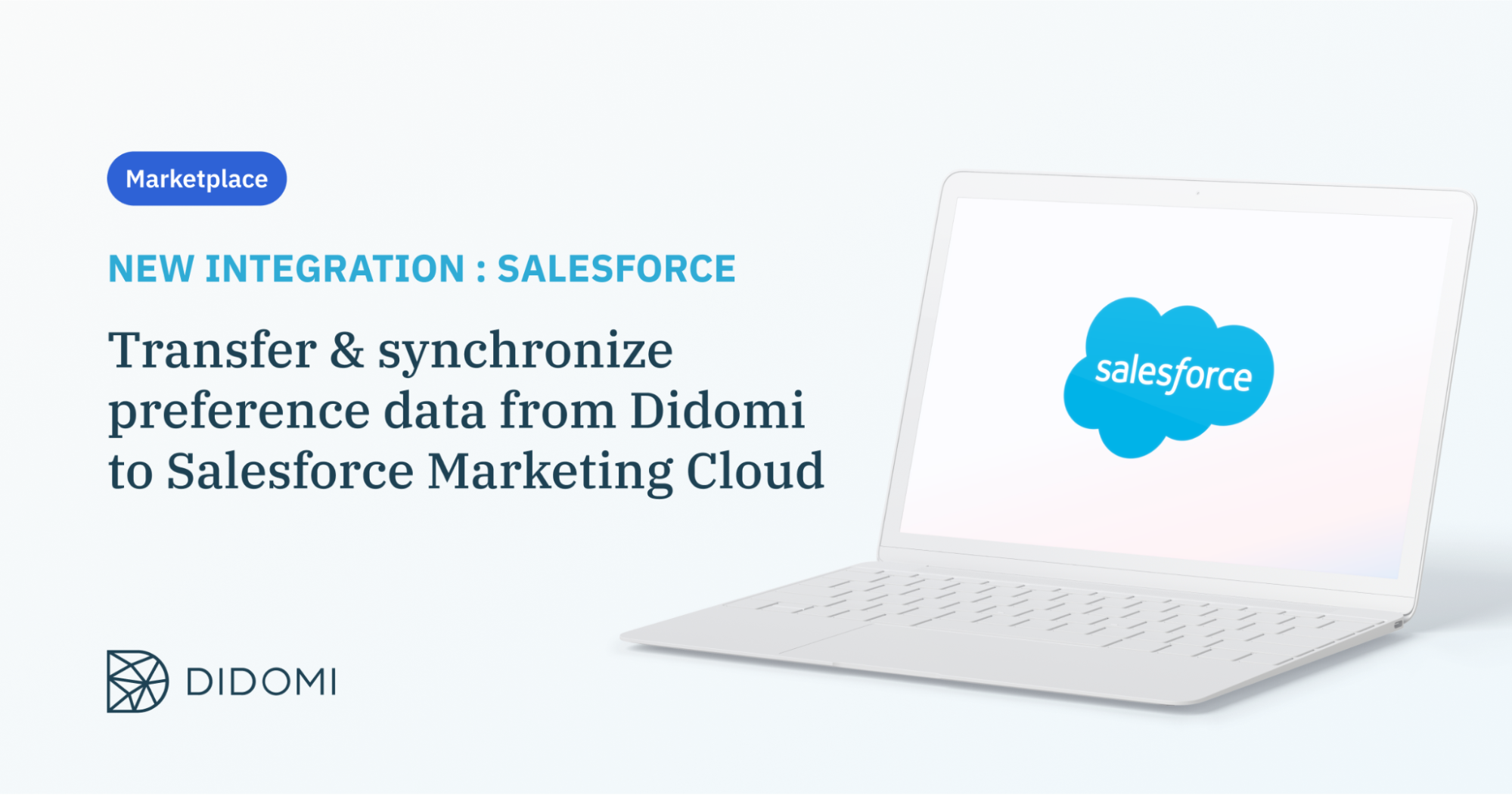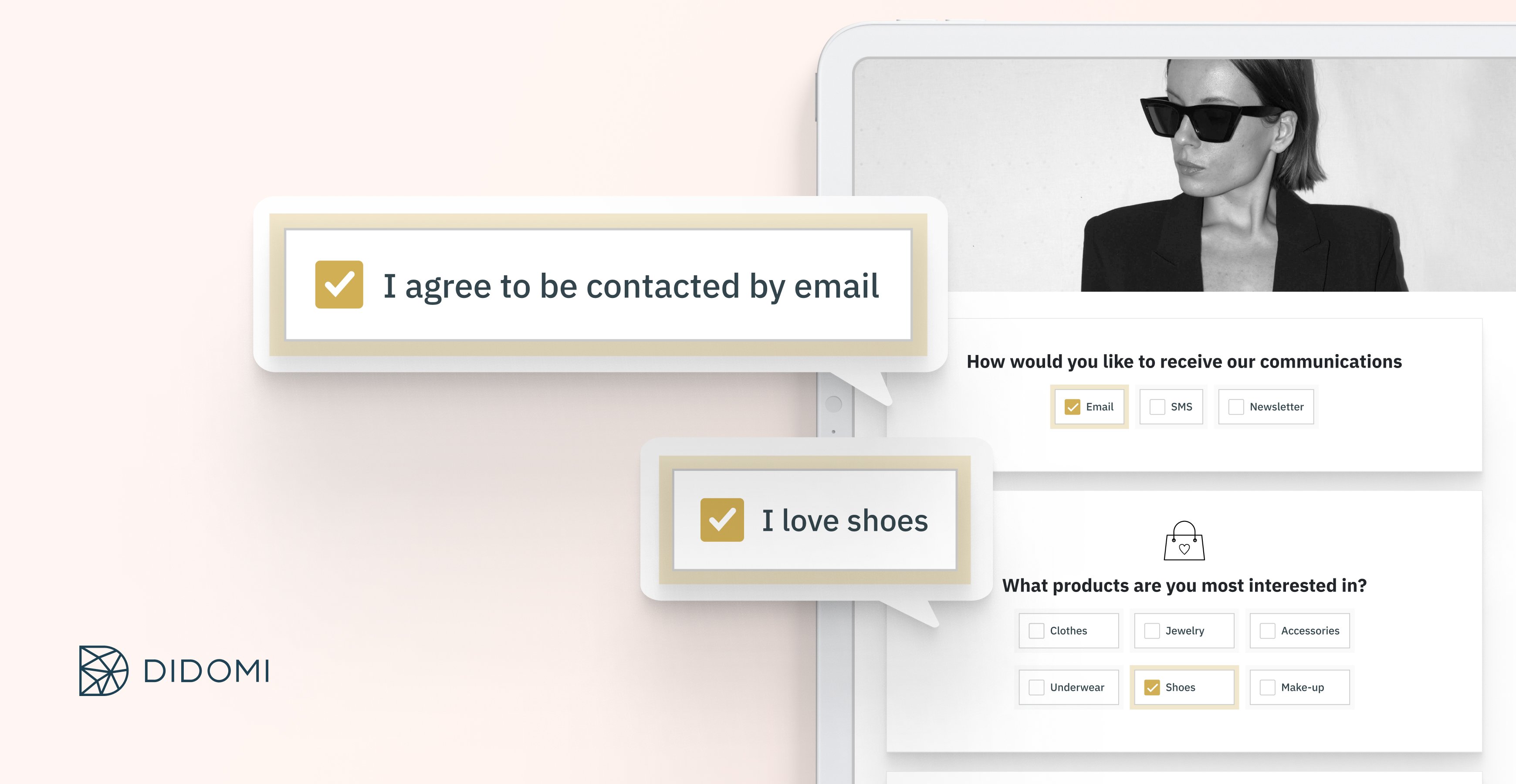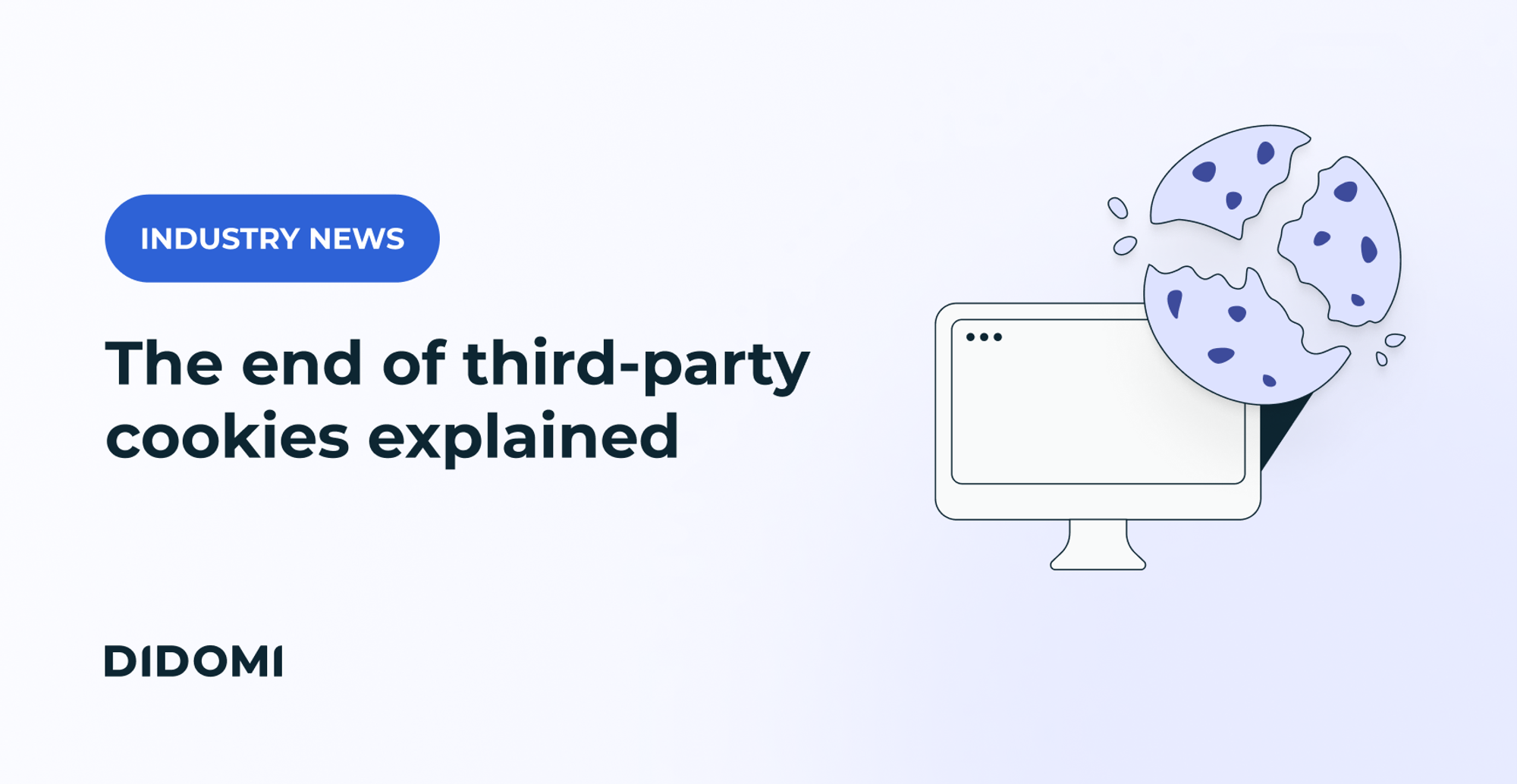Companies have more access than ever before to consumers’ personal information. They also have more tools at their disposal to process this data and make the most of it in their marketing efforts. These tools include CRMs, CDPs, and DMPs.
But the days of companies scooping up consumer data willy-nilly and using it however they want are gone. Big Data has undoubtedly proven to be a boon for marketers. For consumers, not so much. The data privacy movement is forcing companies to come up with data marketing strategies that prioritize customer consent and control. In this new era of regulations and changing consumer expectations, tools like CMPs and PMPs are indispensable to marketers.
CRM. CDP. DMP. CMP. PMP. The alphabet soup of acronyms can, admittedly, be confusing. We’ve put together a comprehensive glossary of these different tools, helping you understand their major functions so you can implement customer-centric marketing strategies in an evolving digital landscape.
Summary:
Types of data explained: Zero-party, first-party, second-party, third-party
Data marketing is based on the idea that, the more customer information you have, the better and more personalized the brand experience you can deliver to them. But not all customer data is created equal. There are four main consumer data types, each with varying degrees of marketing value.
-
Zero-party data: Zero-party data refers to data a customer shares with a company of their own accord in order to communicate exactly what they want. It is a relatively new term that was coined by Forrester Research, who calls it “gold” because the data collected in this manner is meaningful and provided in a context of trust. Zero-party data is an antidote to mass data collection, prioritizing quality over quantity. Examples of zero-party data include communication and product preferences, and customized account configurations.
-
First-party data: First-party data, until the advent of zero-party data, was the gold standard for customer data. Like zero-party data, first-party data is provided with consent through a direct customer relationship and not shared with other companies. It is typically acquired in the course of a transaction and includes information such as email address, phone number, purchase history, customer feedback, and social media profile data. In a cookieless and more regulated data landscape, companies must learn to leverage zero and first-party data.
-
Second-party data: Second-party data starts as first-party data for another company. The degree of separation occurs when the party that collected the data sells it to, or shares it with, another company. Although second-party data is usually accurate, reliable, and collected with consent, it is less relevant to the company that acquires it compared to the company that collects it. Second-party data can supplement zero- and first-party data. But data acquired directly by a company, from its own customers and for its own needs, is always preferable.
-
Third-party data: Third-party data is acquired from data aggregators that obtain and compile data from disparate sources into a single dataset. The companies buying third-party data don’t always know where it came from or whether it was collected with consent. Third-party data, which includes demographic information and buying signals (like consumers who are shopping for a particular product) can help marketers reach a broad audience and improve targeting when combined with other types of data. However, it has poor overall accuracy and reliability. Not only that, but with the death of third-party cookies imminent, marketers should be prepared to move on from strategies that rely on third-party data.
If you want to learn how the decline in third-party data is changing marketing for the better and how to leverage the gold mine that is zero-party data, check out our checklist:
Knowing the different types of data available to marketers gives a context for discussing the platforms that can help maximize data-driven marketing efforts. In this next section, we give an overview of CRM, CDP, DMP, CMP, and PMP and how they fit into a company’s digital marketing strategy.
What is a CRM?
Customer relationship management (CRM) refers to a software system that stores data about a company’s interactions with customers (and prospective customers) and uses that information to build comprehensive user profiles. The insights that come from these profiles help create stronger customer relationships and more successful interactions.
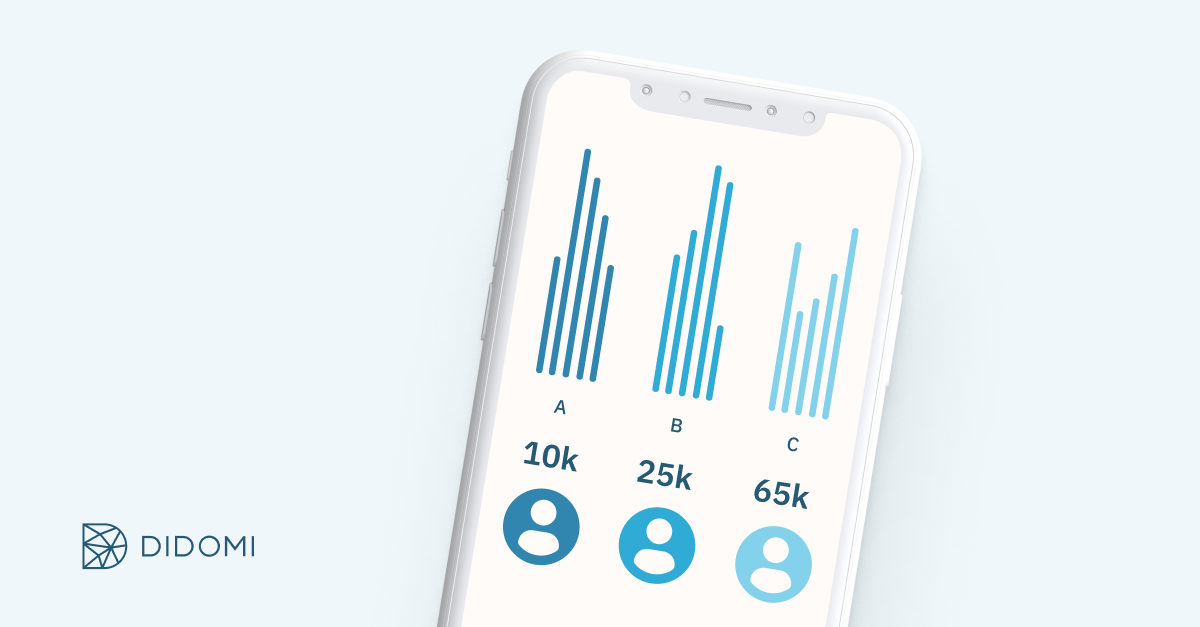
CRMs store first-party customer data. They collect data through direct interactions that a company has with its customers, such as purchases, website visits, phone calls, emails, and web chats. Analysis of this data drives insights that allow companies to know their customers better and deliver superior customer experiences, which in turn improves customer satisfaction and loyalty.
A CRM software solution (e.g. Salesforce or Microsoft Dynamics) can be a powerful tool for sales, marketing, and customer service. It can be used to understand customers, manage customer data, automate sales, personalize marketing campaigns across various channels, and bring the sales team and marketing team into alignment. But CRM software is showing its age. It has limitations in an era where the customer lifecycle is more complex, less sequential, and contains a greater number of touchpoints. CRMs also haven’t been designed to account for today’s consent and privacy issues.
What is a CDP?
A Customer Data Platform (CDP) is software designed specifically for marketers to solve the problem of data collection and unification.
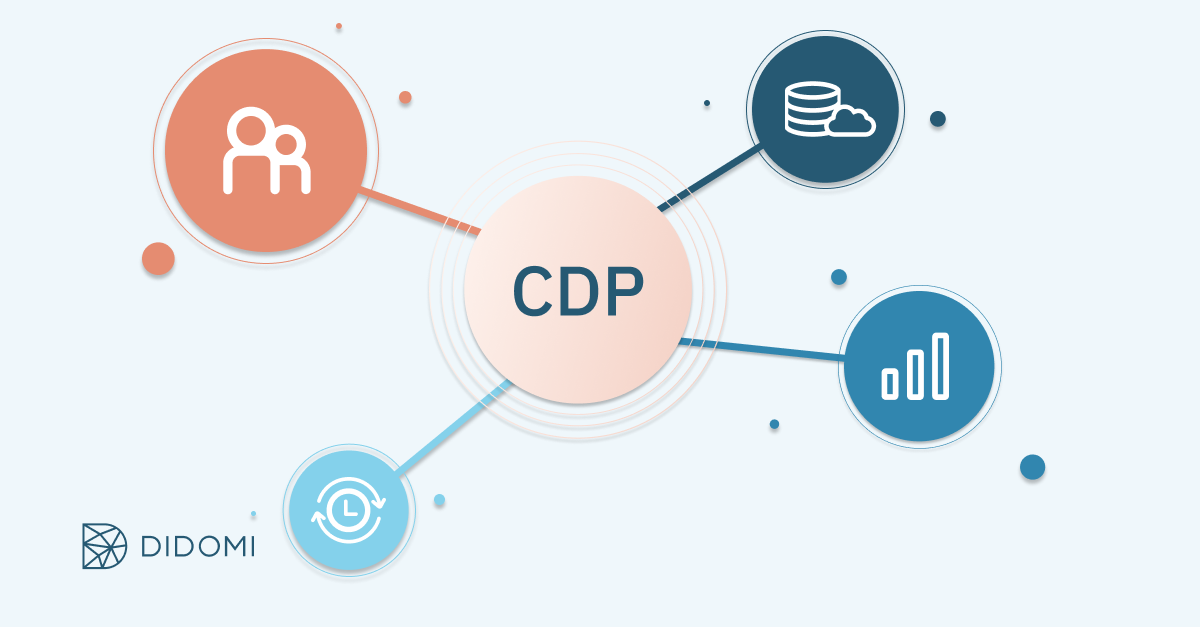
In the pre-digital era, marketers had relatively little information about their customers. Nowadays, marketers have access to huge amounts of customer data from many sources. As a result, one of today’s foremost marketing challenges is figuring out how to bring together, in one place, the data that’s spread among numerous marketing systems—including CRMs, POS, ecommerce, social sites, email, and analytics—and create a single view of the customer.
Enter the CDP. While definitions of what exactly a CDP is vary, there are some common characteristics that make CDPs unique. According to the CDP Institute, CDPs have three basic features: they are marketer-controlled systems that assemble data from multiple channels, associate data related to the same customer, and keep permanent copies of that data in a central database that is accessible to other systems.
CDPs primarily work with first-party data but are capable of assimilating data points from second- and third-party sources, including personally identifiable information (PII) and anonymous data. Beyond their core function of creating unified customer profiles, CDPs have optional capabilities and applications such as campaign management, message delivery services, robust identity resolution, customer segmentation, and predictive models.
What is a DMP?
A Data Management Platform (DMP) primarily helps marketers with targeted ad campaigns. It does this by gathering data from a range of sources and organizing it to build anonymized customer profiles. These profiles are then connected to “look-alike” profiles from third-party sources with similar attributes into an audience.
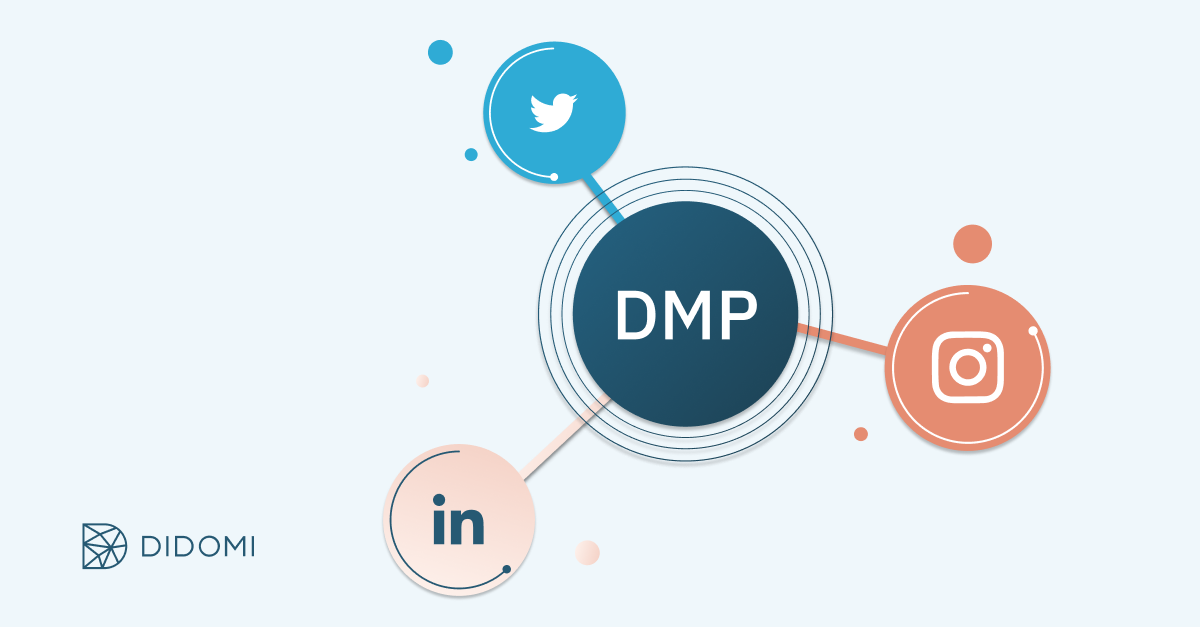
This audience information is shared with digital advertising platforms and in-house marketing channels, which serve up ads or content relevant to the target audience.
We’ve all seen DMPs in action. When we visit a website to view a product and then notice that over the next few days and weeks digital ads for that product pop up on other websites, a DMP is at work. DMPs deal in broad strokes (for example, urban women over the age of 30 who are interested in outdoor gear). They’re mostly utilized for segmenting audiences, reaching new look-alike customers (i.e., potential customers), and optimizing paid media spend. They can also gather information about ad performance to analyze and further optimize future media purchases.
DMPs can pull first-party data from internal sources, like CRMs, websites, and email. They can also collect and manage second- and third-party data from brokers and partners. However, they don’t store first-party data or PII. And the anonymized data they do store is retained only for a short period. Because DMPs are reliant on third-party cookies, there are questions about their effectiveness in a post-cookie world.
What is a CMP?
If the Big Data marketing era was about the indiscriminate collection and use of consumer data for the benefit of companies, then the new, customer-centric marketing era is about targeted and transparent data collection, for the consumer’s benefit.

The data privacy legislations sweeping across the world and reshaping data marketing reflect a groundswell of popular support for such policies. For years, consumers have expressed concerns about data privacy and a desire for laws that codify the protection of their personal information. A new era of consumer data rights is now coming into force, led by the EU’s General Data Protection Regulation (GDPR) and equivalent legislation like the California Consumer Privacy Act (CCPA) and Brazil’s Lei Geral de Proteção de Dados (LGPD).
These laws are not identical in what they require of businesses, but they share a common goal of placing consumer consent front and center.
Companies doing business in jurisdictions with data privacy laws must generally inform consumers of their data rights, obtain consent from consumers to process their data, store visitor consent preferences, and provide mechanisms that allow consumers to exercise their data rights.
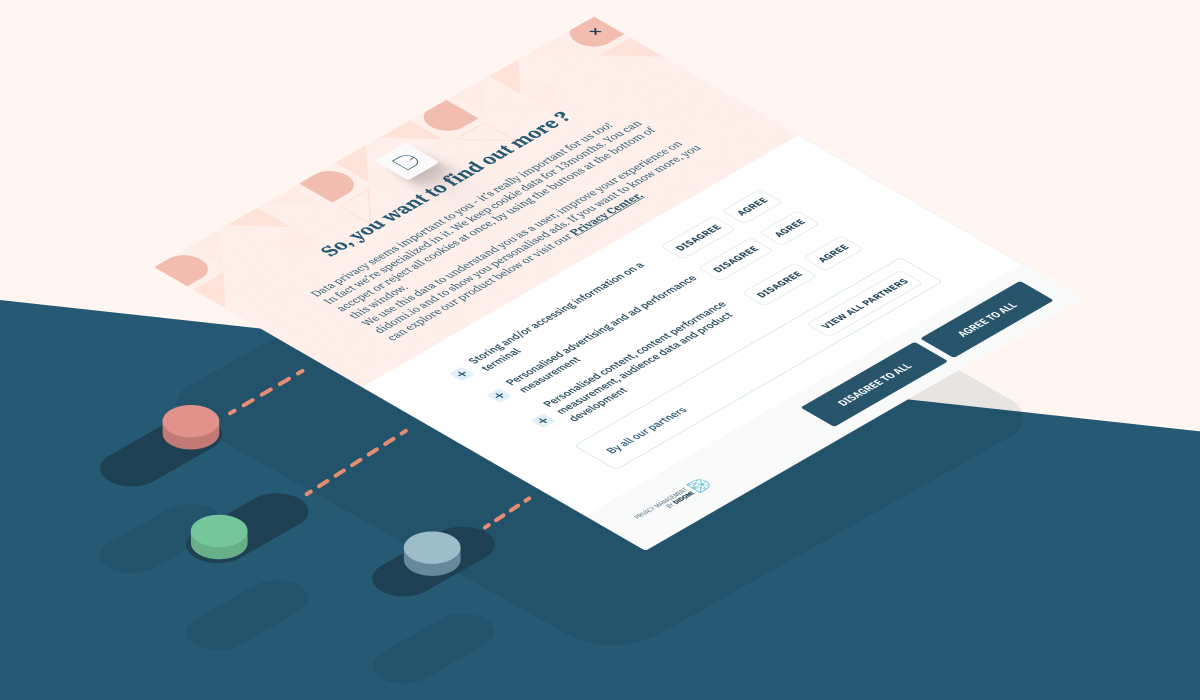
These requirements can be met with a Consent Management Platform (CMP). But a CMP is about more than complying with data privacy laws.
Consent Management Platforms are used to request, receive and store users' consent, storing the list of preferred vendors and why they've been collecting consent, and more. With a CMP, you can redesign your customer experience around trust and transparency, boost consent rates, and turn privacy into business opportunities.
What is a PMP?
Consent is the bare minimum of what you should be obtaining from your customers. It represents the tip of the privacy iceberg. But if your customers place a premium on control over their data, do you really want to just do the bare minimum?
To really get ahead of the data privacy movement, you should be rethinking the relationship between brand and client in terms of customer preference management. The cornerstones of customer preference management are choice, control, and trust. The more choices you give your customers about how their data is used, the more control they will have over it. The more control they have over their data, the more they’ll trust you. And the more they trust you, the more customer engagement you’ll have.
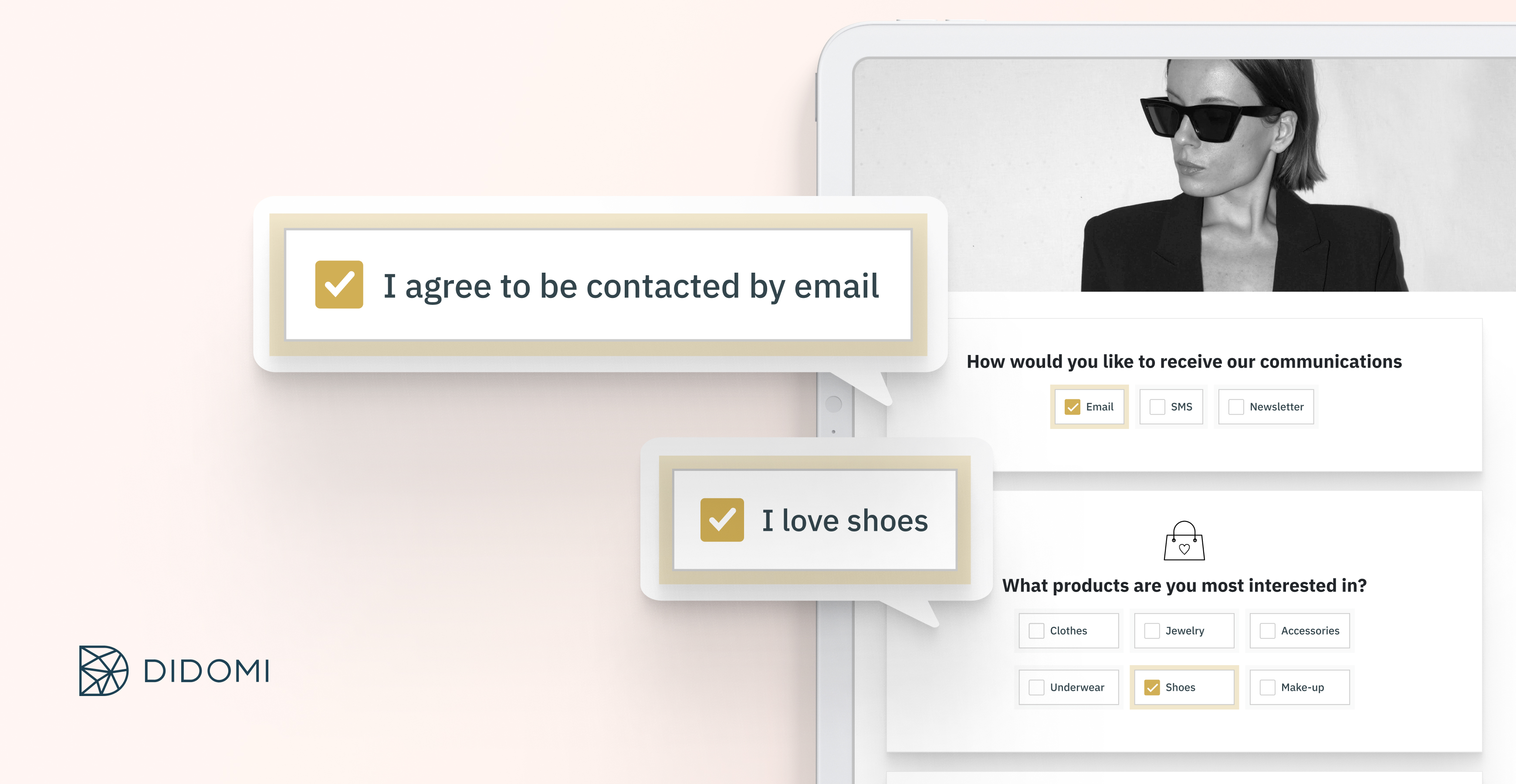
It’s a recipe for business success that requires adopting a “Just Ask” method.
Ask your customers about their communication expectations, favorite topics, and habits, and they’ll tell you. Let them adjust and choose their preferences, and get vital customer insights. Armed with high-quality zero-party data—the cream of the data crop—you can deliver consented and targeted digital experiences that people actually want.
Customer preference management starts with a Preference Management Platform (PMP).
The PMP is at the center of the cookieless, customer-centric data marketing future, giving customers comprehensive personalization options and helping businesses cater to their users' specific interests. Equipped with zero-party data provided directly from customers, marketing teams can reach them on the right channel, at the right time, with the right content.
Not only does this make marketing and advertising more effective, but it creates closer brand-user relationships, as well as tailored experiences based on trust.
The Didomi PMP provides a scalable, easy-to-configure backbone to make preference management easy for companies and users alike, both online and offline, learn more here:
How Do I Know What I Need?
For most organizations, the choice between CRM, CDP, DMP, CMP, and PMP is not a “one or the other” scenario. It may not be an “all of the above” scenario, either. There is no one-size-fits-all answer to which digital marketing tools your company needs.
Over 90% of companies with more than 11 employees have invested in a CRM system, making CRM systems the biggest software market in the world. But given the limitations of CRMs and the fresh challenges facing modern businesses, They shouldn’t be viewed as an all-purpose tool.
Nor should you think in terms of replacing a CRM with a CDP or DMP. The CDP industry is experiencing strong growth. But a CDP also isn’t a perfect solution to the customer-centric data management approach, and isn’t intended to be a standalone technology platform. Rather, CRMs, CDPs, and DMPs, as well as CMPs and PMPs, all have value to businesses and complement each other.
There are thousands of different tools out there to choose from, and they can all play valuable roles for companies. It’s not uncommon for a single enterprise to use dozens of different tools. The tech stack that’s right for your company depends on a careful evaluation of your organization’s goals.
During a free demo with Didomi, we can go over your company’s situation, your consent and preference management needs, and how our CMP and PMP tools can help you. Talk with one of our experts to learn more:



